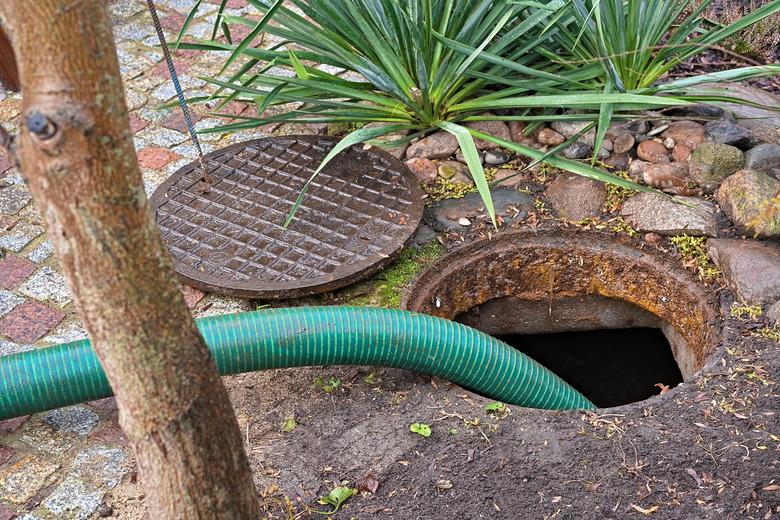What Can You Use In A Septic System To Unclog The Leaching Bed?
Chemical or biological treatments claiming to benefit your septic tank won't open a clogged septic system drain field: Some chemicals can kill roots and others dissolve some grease clogs in pipes, but overuse of chemical cleaners can actually kill the bacteria essential for septic tank drain field function. Septic system treatments containing enzymes or beneficial organisms won't harm the septic system but can only clear soap and grease deposits in drain pipes, not the leach bed itself. Leach beds clogged with solid waste and thick bacterial mats can take two years to recover.
Tip
Septic tank additives aren't recommended and won't help unclog the drain field. Caring for your septic tank and drain field is the best method to avoid clogging.
How It Works
A septic system that works properly can operate for several decades. Drain water and sewage collect first in an underground septic tank. Solid waste settles to the bottom, and bacteria in the tank digest much of the organic matter.
Sewage effluent from the tank contains little solid waste and flows into the soil through a network of perforated pipes buried in the drainage field beyond the septic tank. Bacteria in the soil treat the effluent, which purifies as the water disperses toward the water table. Where possible, drain pipes disperse the effluent in several separate rectangular beds. A leach bed offers an alternative by using all the square footage of a smaller space as a continuous drain field.
Necessary Drain Field Maintenance
After years of use, a septic tank collects a deep layer of indigestible sludge. Sludge in the tank reduces the volume of water in the tank, speeding up sewage movement through the tank. If you don't do regular septic tank maintenance, effluent from a septic tank with high sludge levels will carry solid waste that can quickly clog the leach bed. No septic treatment dissolves sludge, a major cause of clogged drain fields. When sludge or floating scum in the tank threatens the tank's efficiency, you'll need a professional service to pump out the contents for disposal.
Problems With Drainage Fields
Drainage fields can stop functioning because tree roots invade and block the field's drainage pipes. Root-killing chemicals can kill tree roots but don't remove the root clog. A drain auger with cutting bits can open the clogged pipes, but roots can take months to decompose.
The entire leach bed clogs when bacteria feeding on the sewage form a thick mat below the drainage system. Effluent that can't flow through the bacterial mat seeps up to the surface or erupts from the system's lowest point. Killing these essential bacteria stops the drain field from treating the sewage and won't dissolve the mat. Often the only option is construction of a new leach bed.
Solutions for Leach Fields
Keeping the ground above the drainage system clear of shrubs and trees helps prevent roots from clogging pipes. Landscape the area with shallow-rooting plants instead to prevent erosion. Pumping out the septic tank regularly lengthens the field's lifetime, but in some soils, bacterial mats can clog a leach bed in just a few years.
Duplicate drainage systems allow homeowners to use one part of the drainage field for two years, while the rest of the field dries and clears. If the leach bed is only waterlogged, cutting household water use by 30 percent can sometimes reduce the load on the septic system enough to allow a natural recovery.
